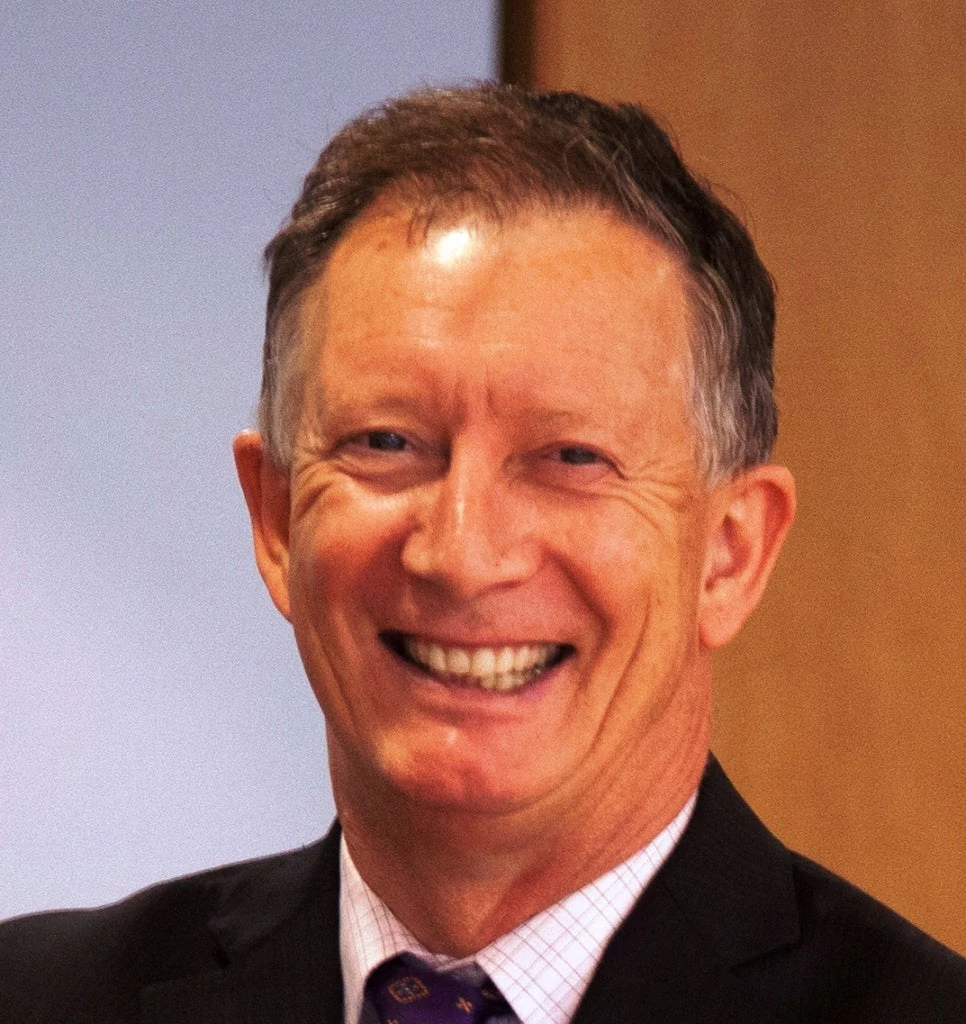 |
| Makhtar Diop with Malien Finance Minister Tiéna Coulibaly |
Here in Mali, as French and Malian troops pursue jihadist groups into the countryside along the country’s borders, the talk everywhere is of “la feuille de route,” a political roadmap that will take this Sahelian country from its triple crises of 2012 on a measured transition towards new elections and a lasting recovery.
The World Bank Vice President for Africa, Makhtar Diop arrived in Bamako in recent days to see first-hand how the wrenching events of the last 12 months have affected the country’s population and to put the Bank’s leadership fully behind the country by announcing significant new Bank financing in agriculture, education, health, and safety nets, with much more to come over the coming months.
I’ve been to Mali twice before this trip and to my eyes at least, Bamako seems its normal self, with commuter traffic bumper to bumper on the First Bridge across the Niger River, and hundreds of small stalls selling everything from fruit, vegetables, and plants, to motorcycle repairs. But the tourists who flocked to Timbuktu in their thousands once are nowhere to be seen; and construction, which has always been a big part of the city’s economy, has ground to a halt because of the crisis. When the building crews start pouring concrete again and the tourists return, it will signal that economic confidence is returning to this city of 1.3 million, and hopefully beyond. Mind you, none of this stops the school kids next to the Bank’s country office from playing and shouting joyfully during their afternoon break.
Diop makes it a priority to meet the World Bank Mali country staff before his day begins in earnest with talks with Ministers, the Prime Minister, and the Interim President. He tells staff that he’s proud that they worked non-stop through the coup and the jihadist occupation of the North to help meet the daily needs of the many thousands of Malians whose lives were turned upside down by the political emergency. The international development community and the Malians themselves have seen Bank staff perform at their development best in staying the course says Diop and adds that this unwavering commitment makes the Bank a credible partner to countries in The Sahel and elsewhere on the continent struggling to put insecurity behind them.
Before he announces the news to the government and the press, Diop tells Bank staff who have squeezed into the biggest room in the tiny office that $180 million will be mobilized for new operations on basic education, agriculture, safety nets, and budget support, followed by work in other priority sectors over the next three months. As Mali’s leading development partner, the visit is important to thank the country staff in person and to help the Country Director Ousmane Diagana launch the government and public consultations that will shape Mali’s new Interim Strategy Note or ISN. This will chart the Bank’s future work in Mali over the next two years, with implications for the wider Sahel as well.
Solutions for Mali’s peaceful recovery are closely connected with a more resilient future for the Sahel and the rest of West Africa. A regional approach to more energy ─ only 20 % of Mali has regular access to electricity─ using vast reserves of green, renewable hydropower potential in neighboring Guinea, and Cameroon and DRC further south, could transform food production, jobs, and economic vitality in a region besieged by drought, malnutrition, and too few jobs for young people who in some Sahelian countries now comprise 50 percent of the population.
This transformation will also need to connect North with South in countries like Mali. Only eight percent of the Malian population lives in the three northern districts of Gao, Kidal, and Timbuktu. Before the crisis struck 12 months ago, the North contributed just 9.5 percent of Mali’s GDP. 170, 000 of the country’s northern people fled the jihadist to neighboring countries and closely watch the television news for updates on their country and relatives back home.
In his meetings with Mali’s development partners, and the country’s top leadership, Diop hears repeatedly that resuming and expanding the reach of public services in health, nutrition, education, agriculture, energy, to Northern communities must be at the cornerstone of a national Malian strategy that knits the country’s cities and Northern countryside back together.
Mali’s Prime Minister and seasoned civil servant, Diango Cissoko, is highly appreciative of the Bank’s constant support to his country. Together with the veteran Finance Minister, Tiéna Coulibaly, the Prime Minister is especially delighted that the Bank will invest $ 180 million in new development support within the next three months, almost as much again after that.
The PM is keenly aware that reestablishing the Malian state in the North will be essential to his country’s recovery and is keenly interested in Diop’s update on what new development help the ISN will offer. Public consultations will start in the course of the coming days.
Later at a meeting with the Interim President, Dioncounda Traore, Makhtar Diop confirms that the Bank will join an international Malian donors meeting in Brussels in mid-to late April. This, he says, underlines the Bank’s commitment to a successful summit and to working side by side with Mali as it uses its new respite to recover from its worst political and security crisis since independence in 1960.
Few people believe that recovery will be easy or automatic.


Join the Conversation